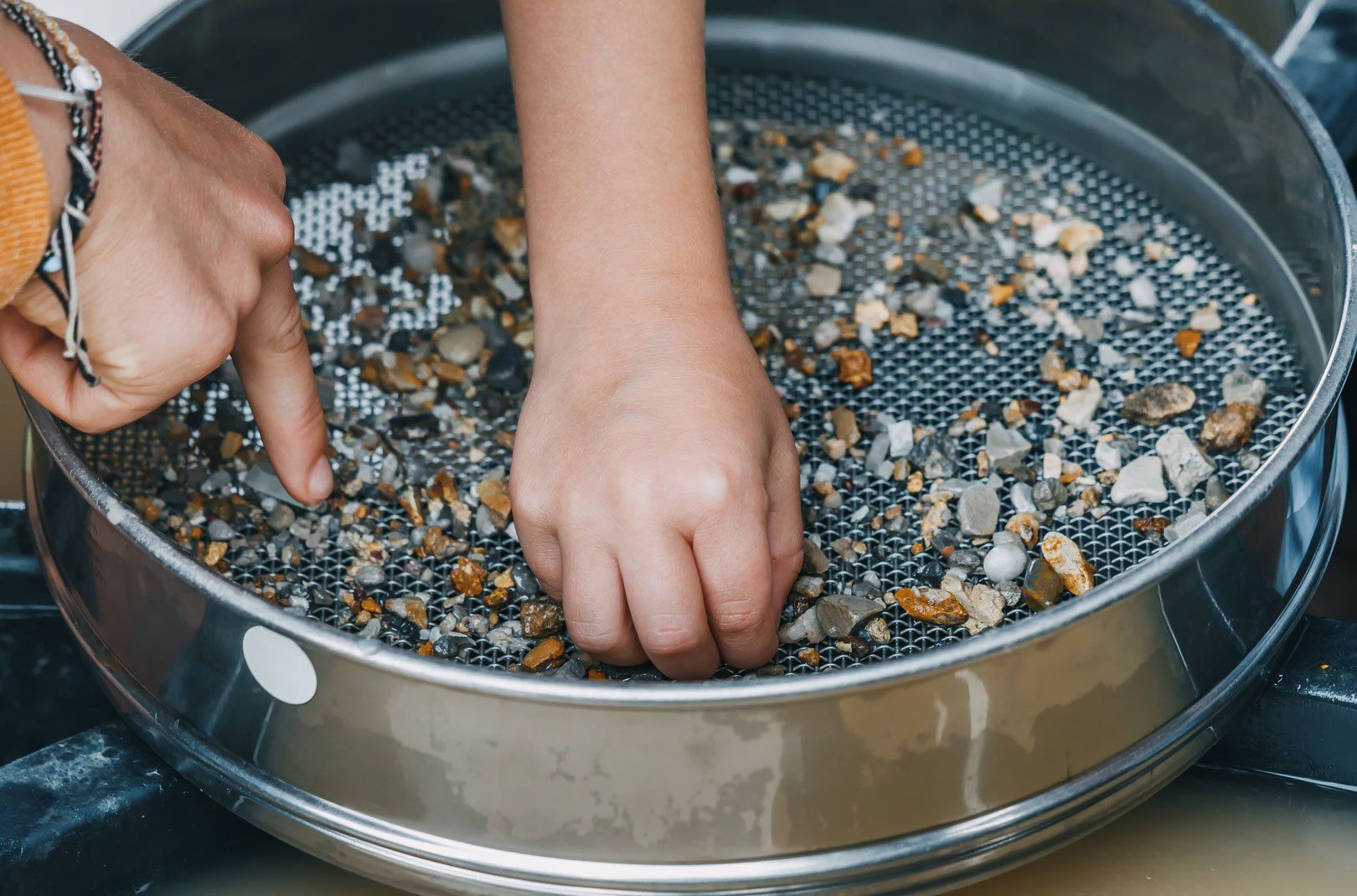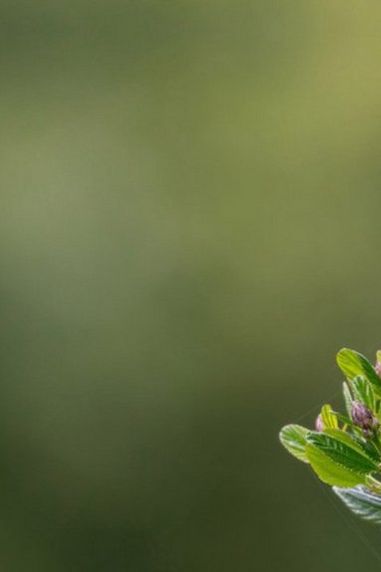What Is Gold Panning?
Gold panning is a fun and educational outdoor activity where you and your children can search for tiny specks of gold in natural streams, rivers, or creeks. It involves using a special pan to sift through sand and gravel, allowing the heavier gold to settle at the bottom. It's like a treasure hunt in nature that teaches kids about geology, history, and science while enjoying quality time together outdoors. Plus, it's a great way to spark curiosity and adventure in your young ones!
Gold panning is an easy and inexpensive way to get the whole family outdoors for an adventure. With just a few simple tools and our handy guide to panning for gold, both adults and children can connect with nature and learn more about the earth’s natural processes, while also having fun as you hunt for treasure.

What Do I Need to Go Gold Panning?
Gold panning is a wonderful family activity, and with these basic tools, you can get started on your treasure-hunting adventure! Use our gold panning checklist below.
- Gold Pan: The main tool used to separate gold from sediment (rocks and sand). These pans are usually shallow, round, and have ridges or "riffles" on the side to catch any gold.
- Classifier: A classifier is a type of sieve which helps you remove larger rocks and debris from the material you're panning, making the process much easier and quicker than without!
- Trowel or Shovel: Used for gathering material from the stream or riverbank.
- Tweezers or a Snuffer Bottle:These tools are handy for picking up and storing small gold flakes once you find them. A snuffer bottle works like a vacuum, allowing any small pieces of gold to be picked up and stored safely by squeezing the bottle.
- Small Containers: To keep your gold flakes safe and separate from other materials.
- Magnifying Glass: Useful for looking more closely at your finds and identifying gold from other minerals.

If you’re going to pan for gold in a stream or river, remember to wear your wellies or waterproof boots!
Where Can I Pan For Gold?
One of the great things about panning for gold is that you can do it practically everywhere in the UK! All you need is a river or stream, but bear in mind some rivers will have more chances of gold than others.
The key is to know whereabouts gold deposits are found in the UK. Some areas where gold has been found include the Dolaucothi Gold Mines in Wales, Tyndrum and the Scottish Borders, and Cornwall in the south of England, but you can search online for local gold panning spots all across the UK.

How to Pan For Gold
Once you've selected your location, checked that gold panning is permitted in the waters, and talked through all the safety points with the family, it's time to get started!
- Set up your gold panning equipment, including the gold pan and classifier.
- Use your trowel or shovel to collect material (such as sand, gravel, and dirt) from the stream or riverbank. Fill your pan so it is around ¾ full of gravel, then place the pan just under the surface of the water.
- Shake the pan vigorously from side to side, but not hard enough to cause everything to fall out. Give it a few moments and then change to shaking in a gentle circular motion. You’ll notice that most of the clay and soil dissolves or washes away, leaving behind larger rocks, plants and moss. (Tip – rolling moss over the pan can help dislodge any dirt that may contain gold flakes.)
- Use your classifier to sieve out the larger rocks and debris, leaving behind finer material such as sand and potentially, gold!
- Gently swirl the material in the pan while submerged in water. This time the pan should be tilted slightly, as though you’re trying to catch the tide. Gold is heavier and will sink to the bottom, so the idea is to have only finer deposits such as sand left in the pan, making any gold much easier to spot.
- Rinse and repeat! Continue swirling and gently shaking the pan while gradually washing away lighter material until you see black sands and, hopefully, gold flakes. You can also swirl the pan with a slight forward motion (as though you were about to flip a pancake – without actually flipping it!), which creates enough force to lightly push any gravel over the edge of the pan.
- Lift your pan from the water, leaving about an inch of water still inside. This allows you to keep sifting sand away from any gold. Tilt the pan slightly towards you and slowly swirl the water in circular motions again. Repeat this step as many times as you need until you find gold.
- If you find any gold flakes, use your sniffer bottle or tweezers to carefully pick up and collect them. You can also use a magnet to separate black sands from any gold flakes in your pan. Store any collected gold flakes safely in vials or containers as a keepsake of your adventure.
- You’re done! Clean your equipment and follow the Leave No Trace principles by leaving the area as you found it.
And that’s it! With a few simple tools and a thirst for adventure, anyone can become a real life gold prospector.

While you most likely won’t strike big with your treasure, the memories you’ll create and the learning experience for children will be priceless.
Looking for more ways to enjoy the hobby? Why not have a look online for a local prospecting club in your area. Gold panning is a surprisingly popular hobby in the UK with fans of all ages, so kids and grown-ups alike can enjoy the adventure of hunting for gold and sharing their finds with fellow prospectors.
Discover more ways to get the family outside and adventures outdoors for kids with our handy Millets Adventure Finder Guides.





